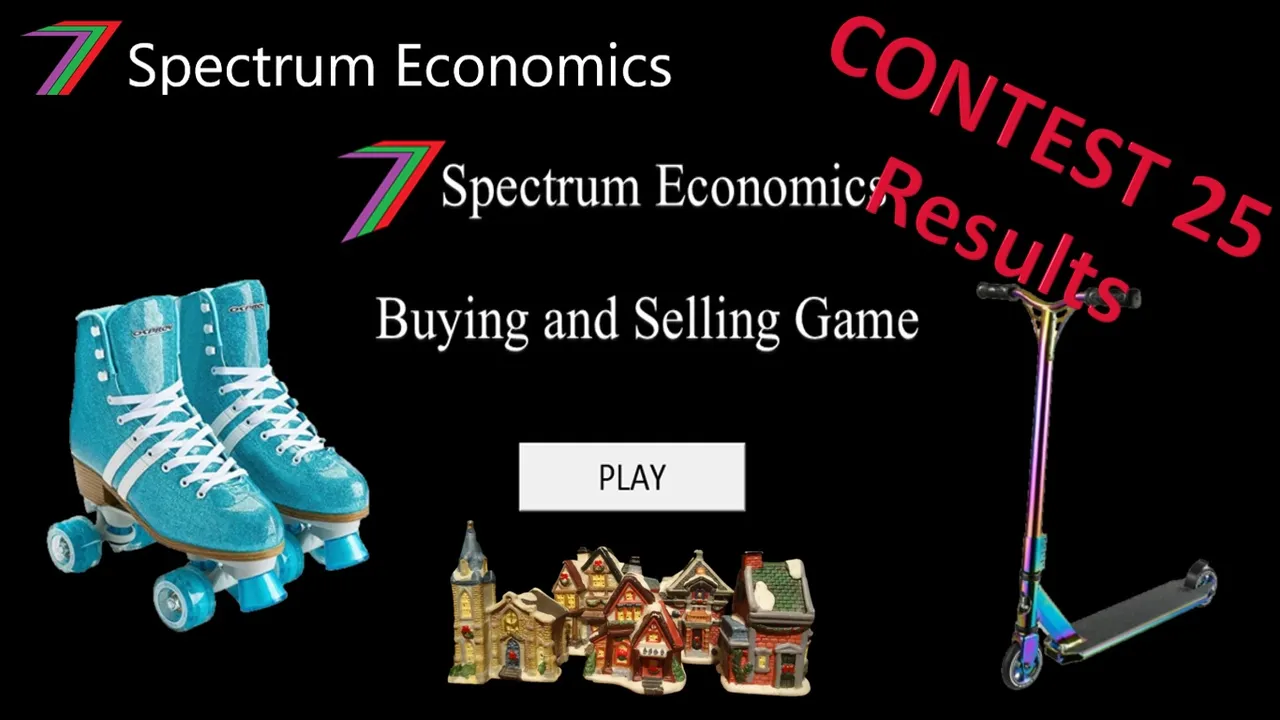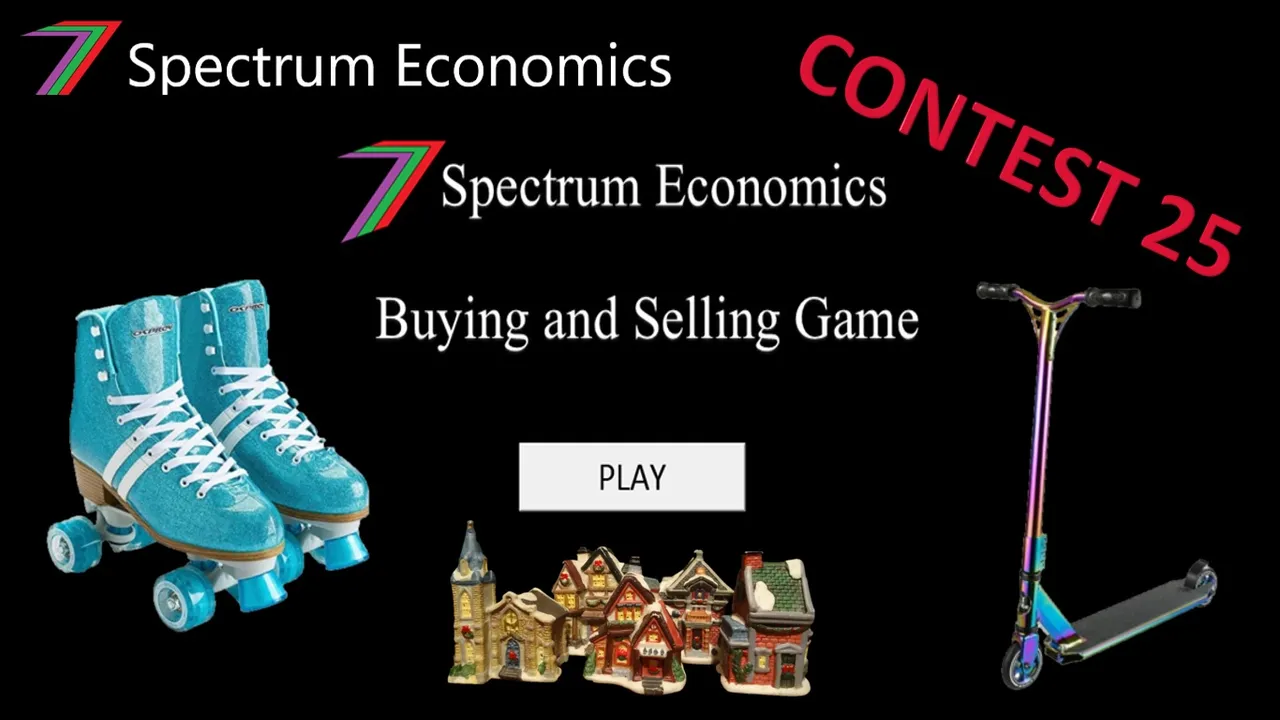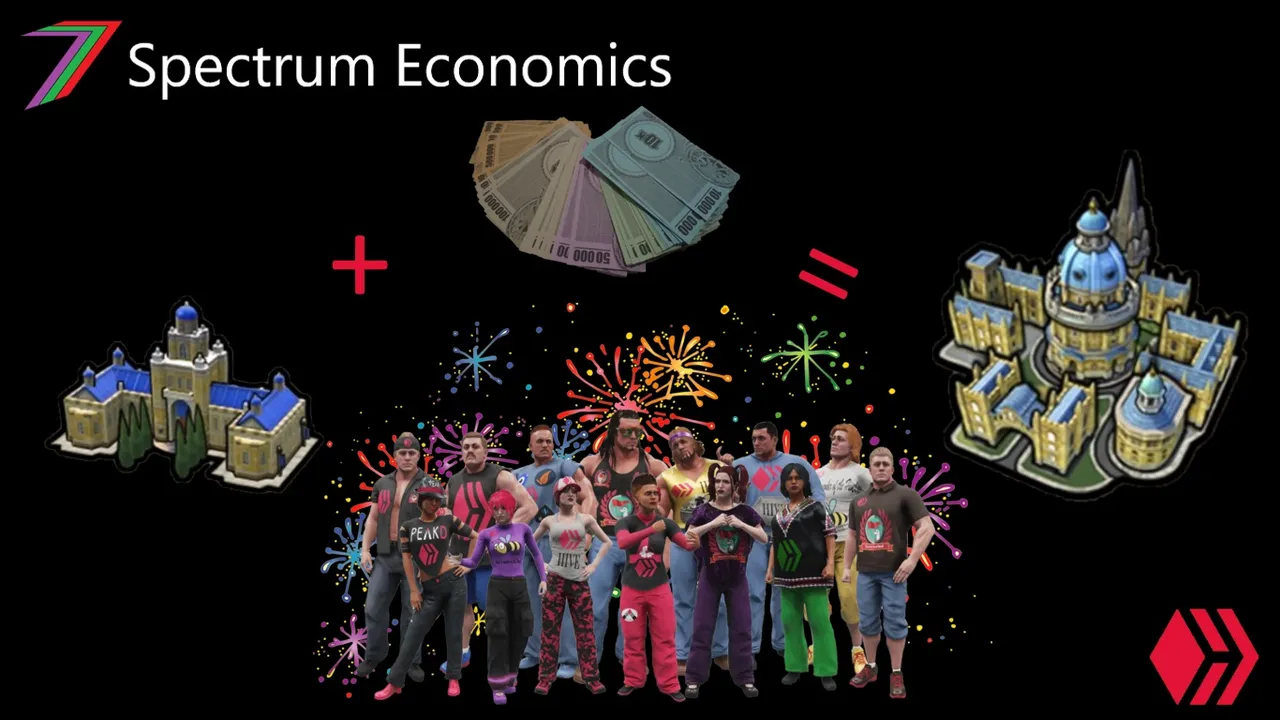Hi Everyone,
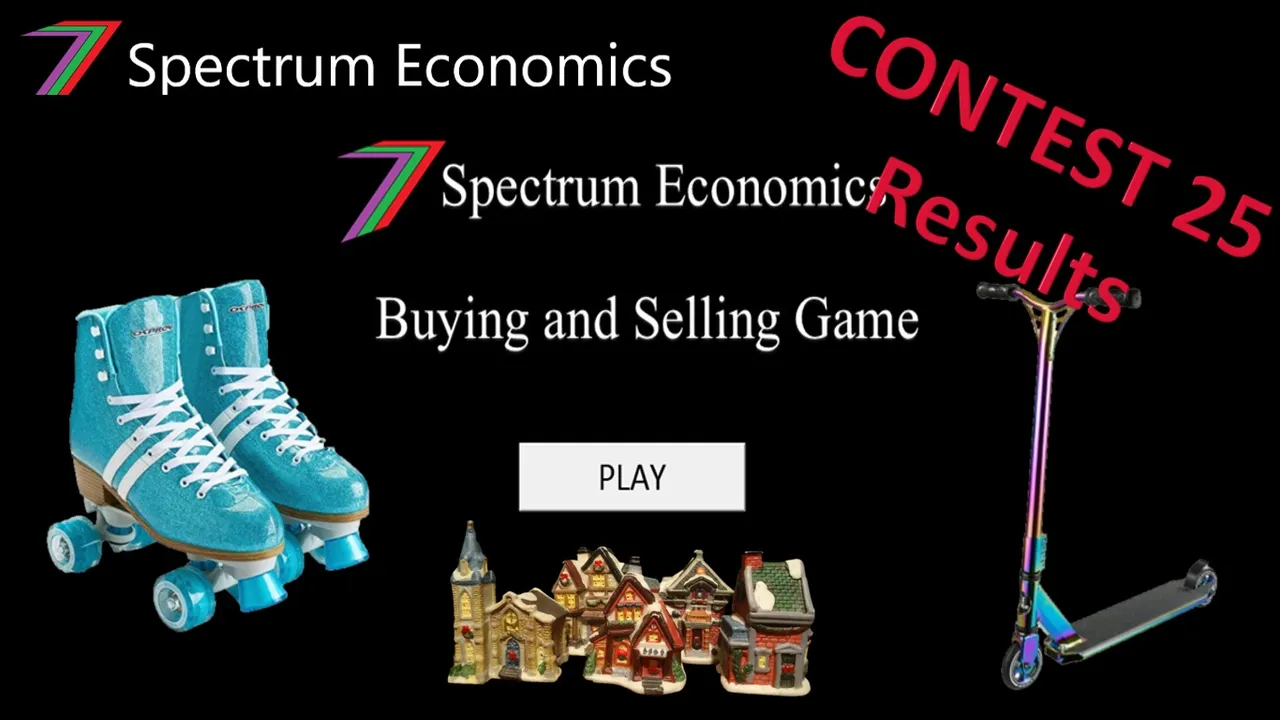
Welcome to the ‘Buying and Selling Game’ Contest 25 results post (first of the year). This post contains a video of the ‘Buying and Selling Game’ Excel Model generating the selling prices for each non-motorised vehicle for each town and city described in the initial question.
Winner determined in this video
What is the Buying and Selling Game?
For the benefit of those who have not entered this contest, here is a brief explanation of how the game works.
Participants are required to buy goods with an allocated amount of money. They are given a choice of 6 goods and all these goods are available in any of the 5 towns, cities, islands or planets in the game. The buying prices of all goods are provided in the question.
The participants are then required to sell all of their goods on a future date. The selling prices for all goods in all towns, cities, islands or planets are not provided. Instead, the question provides a triangle distribution for the selling price of each good in each town, city, island or planet. For the triangle distribution, the minimum, maximum, and mode values are provided.
The participant that has the most money after selling all his or her goods is the winner.
Responses to the contest are made in the comments section of the post. If several participants make the same amount of money, the person who entered (commented) first will win. The account with the winning entry will receive 30 Hive and the first 12 entries will be given upvotes. The most profitable buying and selling price combination is also calculated. If the winner adopts this strategy, he or she will receive an additional 5 Hive. If nobody makes a profit (i.e. zero or negative), the prize will be rolled over to the next contest.
The format of the required entry is explained in detail in the contest itself.
For a more detailed explanation, you can access the contest post using the following link.
Results of the contest
Table 1 contains the selling prices generated by the ‘Buying and Selling’ Game model for each non-motorised vehicle in each town or city.
Table 1: Selling prices of all non-motorised vehicles in each town and city
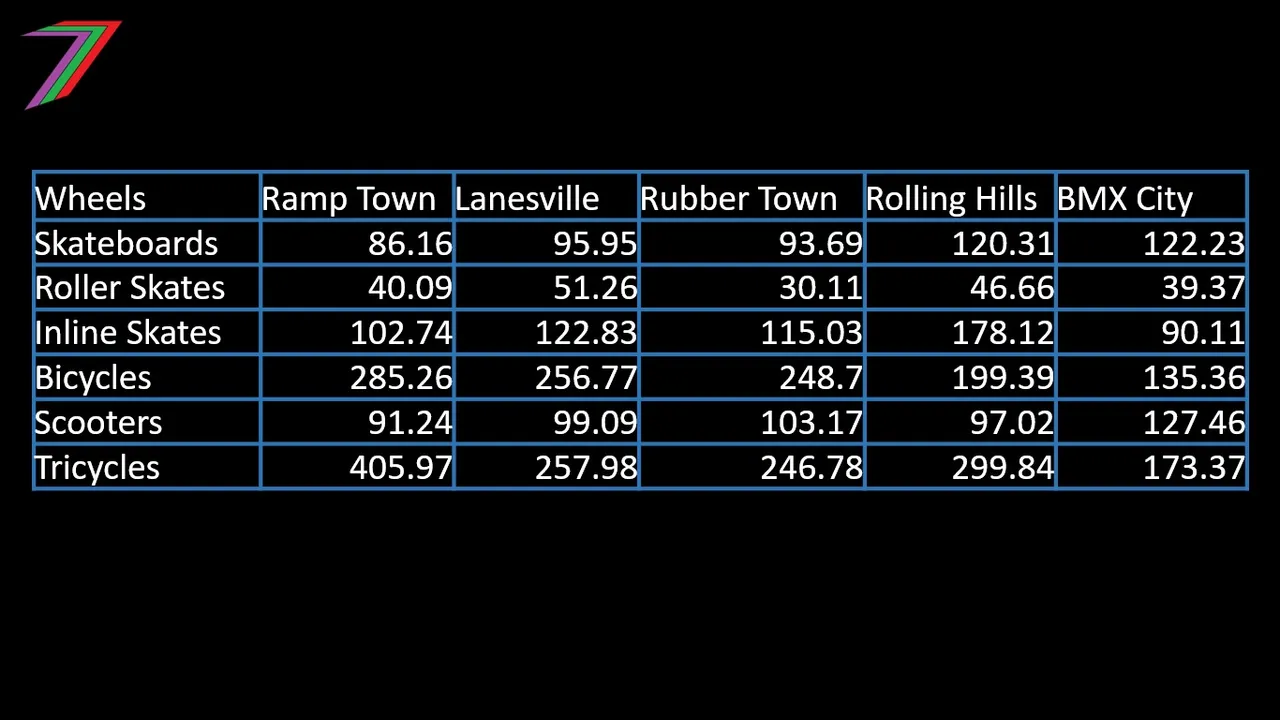
Table 2 contains responses and the profit made by each participant.
Table 2: Participant responses and profit
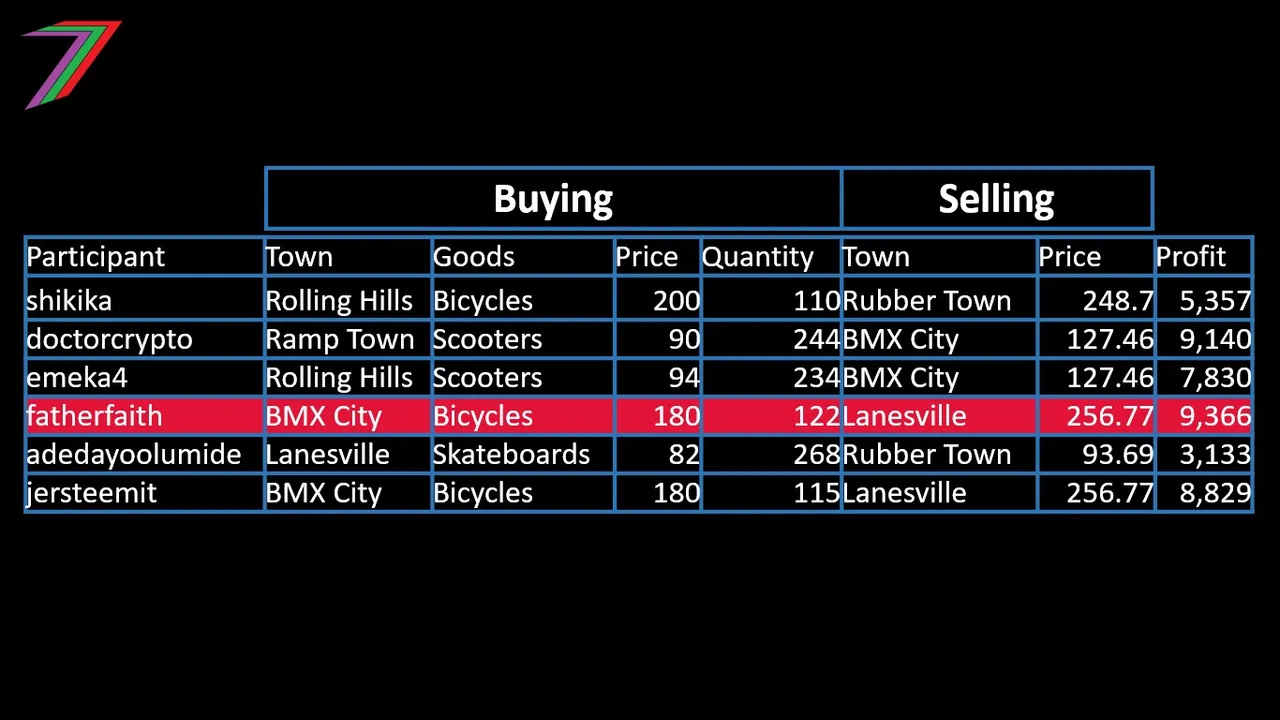
Congratulations to @fatherfaith for winning Contest 25 of the 'Buying and Selling’ Game and a prize of 30 Hive.
In BMX City, he bought 122 bicycles for $180 each. He paid a total of $21,960.
In Lanesville, he sold the 122 bicycles for $256.77 each. He received a total revenue of $31,326. Therefore, he made a profit of $9,366 (31,326 - 21,960).
Highest possible profit
The strategy that would have generated the highest profit would have been to buy 104 tricycles from BMX City at $210 each and then selling them at Ramp Town for $405.97 each (as generated by the model). This would have generated a profit of $20,381.
Table 3 contains the lowest buying prices, the highest selling prices and the highest profit for selling each type of non-motorised vehicle.
Table 3: Lowest buying price and highest selling price
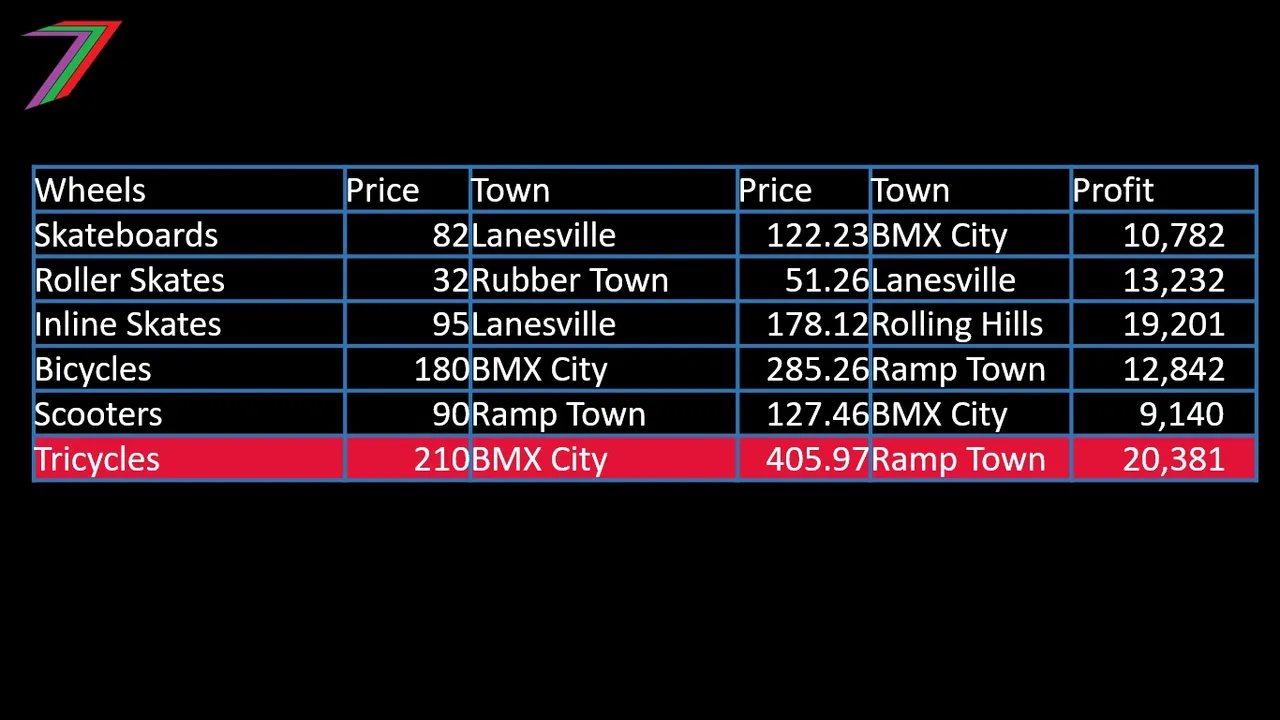
I would also like to thank @shikika, @doctorcrypto, @emeka4, @adedayoolumide, and @jersteemit for participating.
Tips for future games (If you want to participate in the next contest, I strongly recommend you read this section of the post)
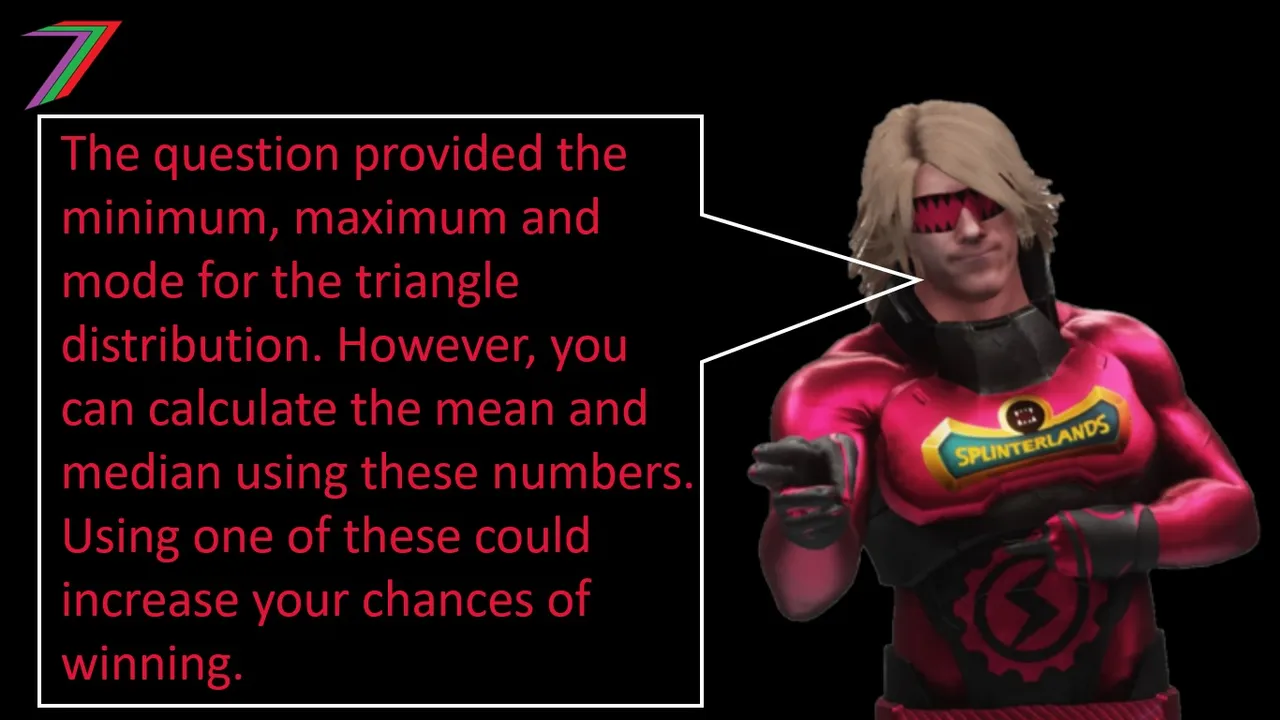
To achieve the best chance of winning the game (i.e. earning the highest profit). Participants need to make the best use of the information they are given. The participant should buy from the place that sells the good at the lowest price and sell at the place that will offer the highest price.
To inform the decision further, participants should also consider the mean and median prices for each good in each place. The mean and median for a triangle distribution can be calculated using the following formulae.
Mean = (Minimum + Maximum + Mode)/3
Median when Mode ≥ (maximum – minimum)/2 (i.e. mode closer to maximum)
Minimum + (((maximum – minimum) × (mode – minimum))/2)0.5
Median when Mode ≤ (maximum – minimum)/2 (i.e. mode closer to minimum)
Maximum - (((maximum – minimum) × (maximum – mode))/2)0.5
Proof Median

More posts
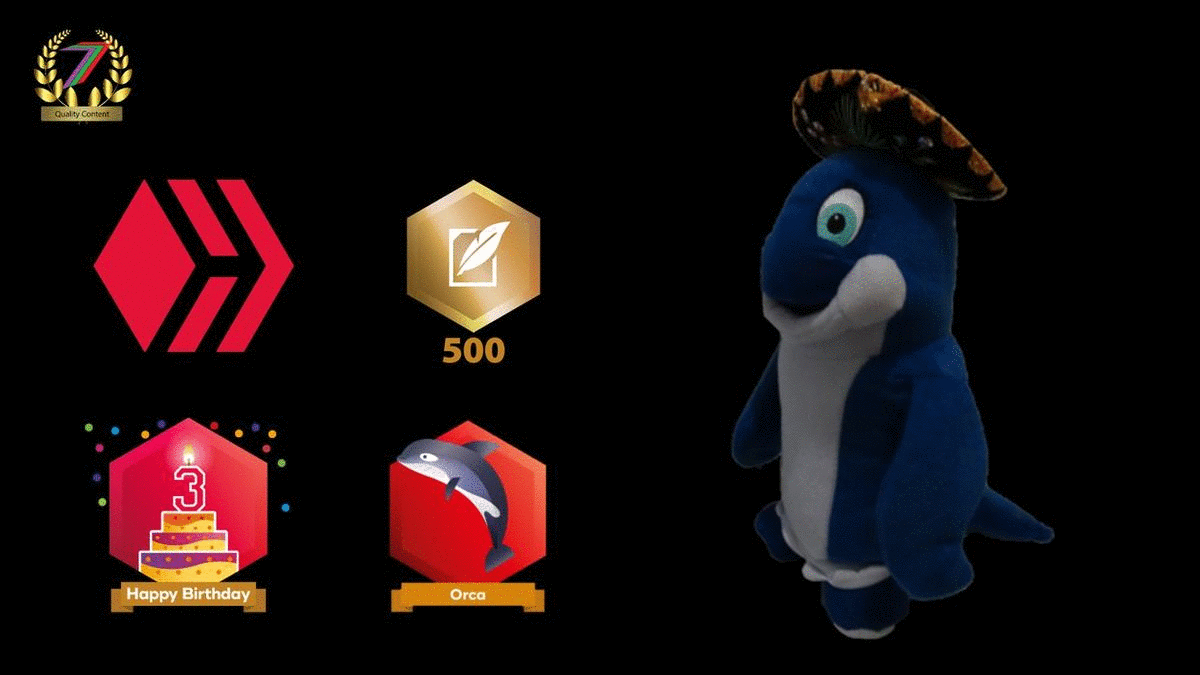
If you want to read any of my other posts, you can click on the links below. These links will lead you to posts containing my collection of works. These 'Collection of Works' posts have been updated to contain links to the Hive versions of my posts.
My CBA Udemy Course
The course contains over 10 hours of video, over 60 downloadable resources, over 40 multiple-choice questions, 2 sample case studies, 1 practice CBA, life time access and a certificate on completion. The course is priced at the Tier 1 price of £20. I believe it is frequently available at half-price.
Future of Social Media

▶️ 3Speak
